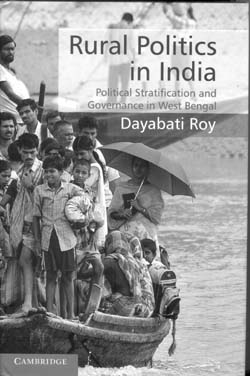West Bengal, one of the major States in India’s East, an unfortunate by-product of the Partition of India in 1947 and the one which bore the brunt of the Partition by receiving millions of refugees from across the border, remained for a long time India’s most ungovernable State since Independence. If that was one record of sorts, the other astounding record was the uninterrupted rule of the State by the Left Front, a coalition of Left parties under the leadership of the CPI-M, for as long as 34 years (1977-2011), which is a world record in the history of parliamentary democracy as well as of the Communist movement. Quite naturally the phenomenon attracted worldwide intellectual attention, and researches on the subject were burgeoning. One authoritative account in the early 1990s gave it an A plus considering it as ‘India’s best governed state’, the credit being given to the LFG. The scholarship until the 1990s was mostly confined to the nature and dynamics of Left politics, the running of the government including the panchayats, party-government dialectics, changes in rural leadership through panchayats, party leadership patterns, the construction of the party’s (CPI-M’s) control mechanisms over the governmental machinery and civil society and so on. The parameters of such analysis were determined by what the LFG wanted to do as its objectives, and were part of its ideological problematic.

Governing Rural Bengal in the Age of Reforms?
Harihar Bhattacharyya
RURAL POLITICS IN INDIA: POLITICAL STRATIFICATION AND GOVERNANCE IN WEST BENGAL by Dayabati Roy Cambridge University Press, 2014, 279 pp., 695
June 2014, volume 38, No 6
